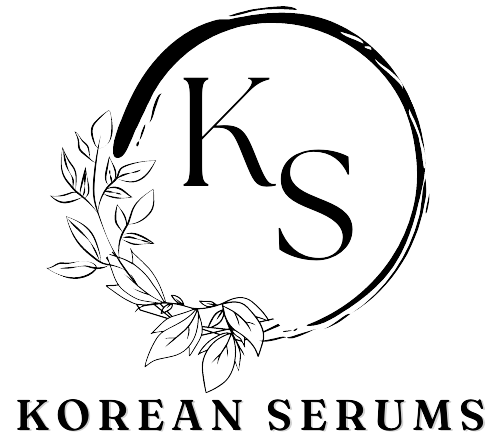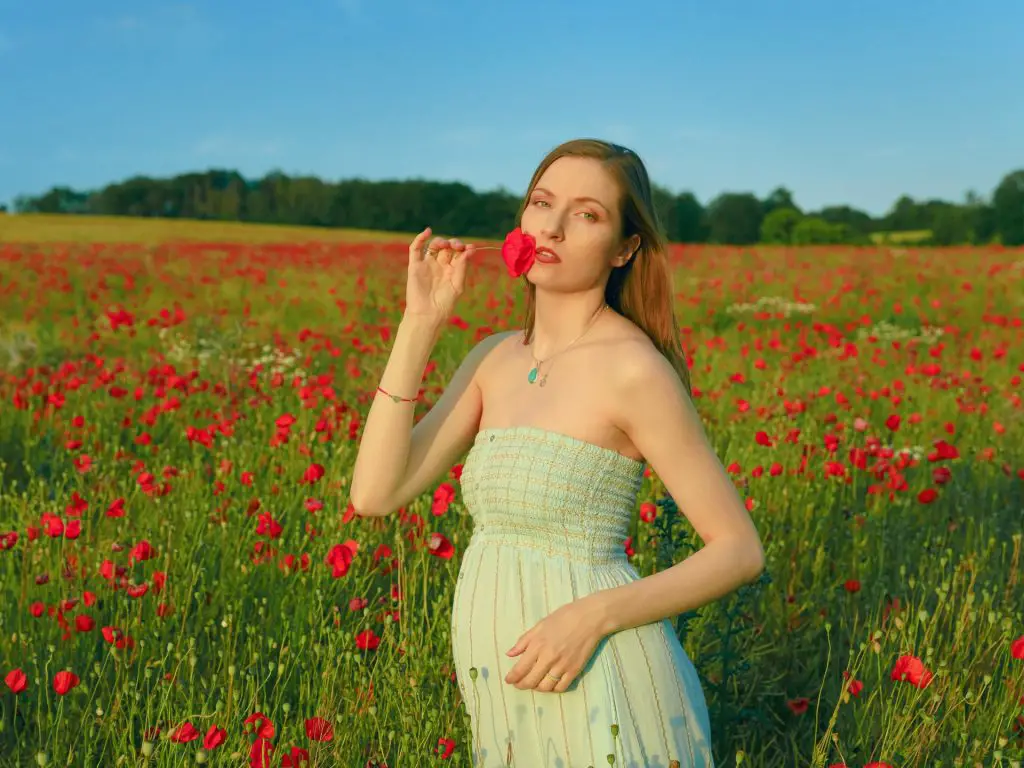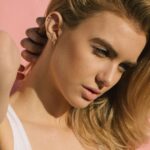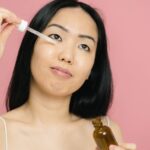What, in your opinion, are Eurocentric beauty standards? Have you ever wondered about the standards of beauty in Europe? How were the standards for beauty established in European nations? Let’s learn more in depth about European beauty standards.
The way we view ourselves and other people has undoubtedly been significantly impacted by eurocentric beauty ideals. These norms have been applied for ages to assess a person’s value and worth as well as to categorize who is and is not deemed lovely.
Historically, eurocentric beauty stands have been promoted due to colonialism as Europe tried to impose its beauty standards on the colonised countries.
But thankfully, there’s been a change in perspective recently on what beauty is. There is a growing awareness among individuals that there are many different types and appearances of beauty.
a person or appearance cannot be described as “perfect,” etc. As well as the fact that each person has a special beauty that deserves to be praised.
The moment has come for us to accept all forms of beauty rather than adhering to Eurocentric beauty standards. The wide variety of appearances that exist should be celebrated in the world.
In recent years, cosmetic businesses have been increasingly crafty at hiding the negative consequences of their products.
Eurocentric beauty standards have grown increasingly unrealistic with the emergence of social Media.It is believed that although there are now more liberal standards for beauty, the emergence of social media has increased our preoccupation with appearance.
Our feeds are flooded with influencers and celebrities who actually wouldn’t have much of an effect on us if they weren’t constantly thrust in front of us. When the opposite is true, it gives the impression that the standard has been raised.
A tilt in favour of European culture defines European beauty standards. Westerners place a lot of emphasis on having long hair, light complexion, huge eyes, a tiny nose, and especially cheekbones as attributes of beauty.
To satisfy cultural standards of beauty, people have long used chemicals and potentially harmful cosmetics. Beauty goods have harmed health for millennia, from the ancient Egyptians who used poisonous eyeliner to the women who covered their faces with opium while they slept.
Complete List of Eurocentric beauty standards
1. Long hair
Long hair is viewed as more attractive in European society, which has evolved. The ability of a woman’s body to bear children is thought to be represented by the length of her hair in European culture. In response, this gives female fertility important characteristics of sex appeal.
The standard of long hair had been further promoted through media and that showcased models with thick, long hair. It is harmful as many women with curly or wavy hair are compelled to use hair straightening products or extensions to fill in this standard.
2. Facial features
Their facial features might differ widely because Europe is a very large continent. The majority of Europeans do, however, have long, thin noses, cheekbones, almond-shaped eyes, as well as pouty lips.
European women use personal care and cosmetics as a means of expressing their culture and identity, not merely for vanity. Self-care rituals can also play a significant role in family and community customs and routines.
European beauty regimen includes various facials and skincare routine. A European facial is a thorough procedure that offers a deep washing of the face and neck. To start, the face is cleansed to get rid of any makeup and pollutants. To eliminate dead skin cells, they use an exfoliation procedure.
3. Light complexion
A Eurocentric beauty standard is maintained in several countries. As a result, people find fair complexions to be more beautiful. Hollywood also promotes that standard of beauty over the world because it mostly controls the media.
Due to White supremacy, the dehumanization of Black people, and the media, people with dark skin are viewed as having an “ugly” complexion in European cultures.
Social media might unnecessarily validate people. People shouldn’t be judged solely on their appearance, yet this is illogical. A viewpoint that is prejudiced in favour of Western civilisation over non-Western civilizations is called eurocentrism
4. Huge eyes
European cultures believe that women with huge eyes are more attractive and men can’t resist their beauty. European beauty has influenced facial features including big almond shaped eyes. European women have the most amazing looking eyes which can pierce a man’s heart in seconds.
It is particularly harmful because it can compel women with different eye shapes to go under the knife to emulate this standard. At the same time, it can instil the idea that women from certain races with smaller eyes are not attractive leading to social inequalities.
5. Tiny nose
European women have a tiny and slim nose as their facial feature. Europeans consider a tiny nose as a high standard of beauty. Smaller noses are deemed more desirable than bigger ones by European culture since they conform to the image of women as tiny, sensitive, feminine, and just not occupying excessive space.
6. High cheekbones
European women have high cheekbones. High cheekbones are associated with a more attractive face, according to European culture. Your cheekbones, also referred to as the “apples of your cheeks,” balance your face, and the higher they are, the younger you appear.
How to deal with unreal eurocentric beauty standards?
- Understand the history. You read the history to know the origin and impact of eurocentric beauty standards. It will help to understand its impacts on health and their contribution to social inequalities.
- Respect Diversity. Humans have diverse skin, hair textures, skin colours and body features. It is important to respect and embrace diversity to shift the spotlight from unrealistic beauty standards.
- Speak up against them. You must call out and speak up against stereotypical beauty standards represented in media or everyday life. It can help to create awareness and an optimistic approach towards diversity.
- Embrace yourself – it is important to practise self-love and develop a positive attitude towards your natural self. This will help to improve your self-esteem and confidence in life.
Conclusion
The characteristics of European beauty are straight hair, angular features, and fair complexion that has been linked with a dark colonial history of the continent. Also, it has promoted social inequality and racism. People with these characteristics are valued because they stand for the ideal of beauty that society accepts.
An obvious desire for European beauty among Asians leads to poisonous self-esteem problems in young girls. It impacts their mental health and forces them to take steps like going under the knife or buying expensive skin products to achieve those standards.
Children shouldn’t be using hazardous bleaching agents on their skin, should not be worried about becoming darker in the sunlight, and they shouldn’t feel self-conscious about having dark skin.
Women are valued for their own unique characteristics that should be appreciated rather than hidden, not defined by European standards of beauty.







